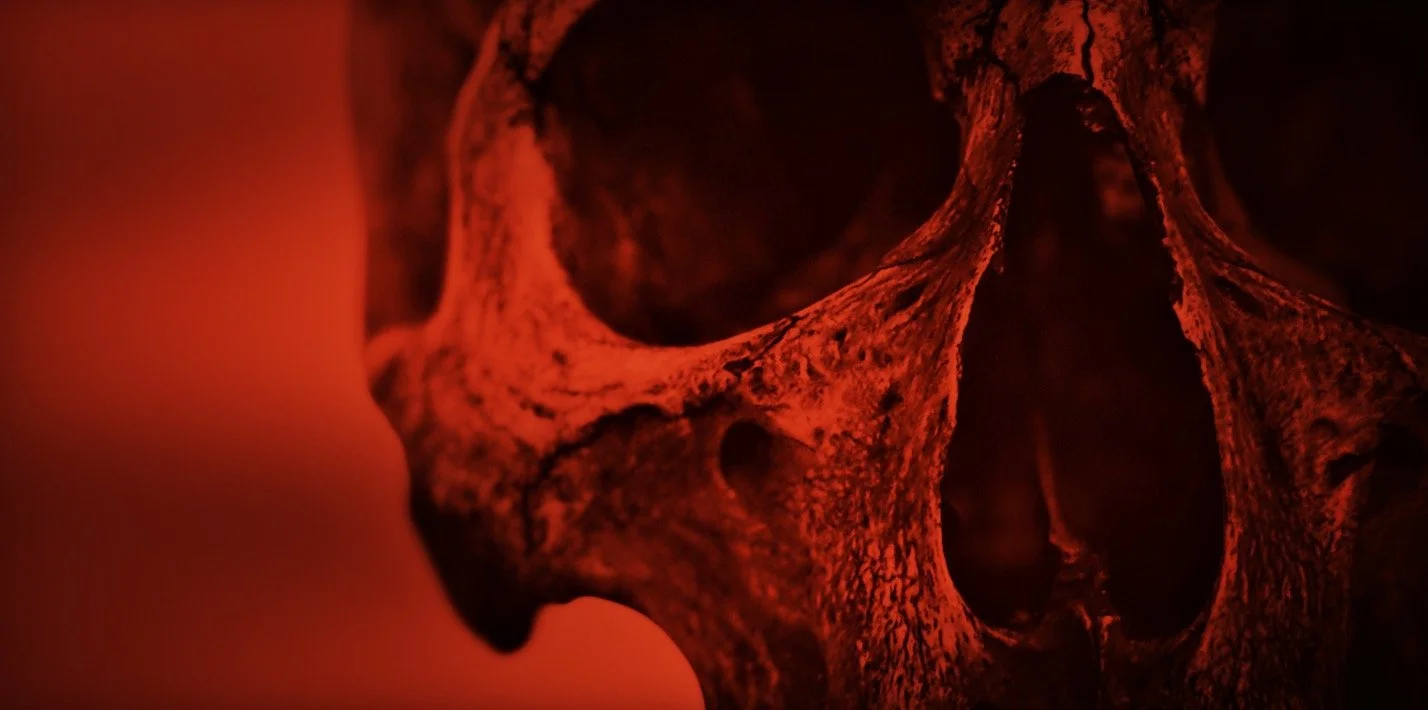
What is Goêteia?
An introduction
What is Goêteia?
About Chthonic Sorcery
I.
Goêteia is the Ancient Greek term used for the practice of interacting with daimones and deities before the introduction of the Persian loanword mageia around 600 BC. The practitioners, known as goês (singular) or goêtes (plural) , operated outside of established public cults, often on the fringes of society. They were viewed with suspicion, not only due to their itinerant lifestyle and resistance to integration into the emerging polis but also because they were believed to wield daimonic power, which challenged public oversight. The goês was seen as an outsider, grounding their practices in personal relationships and affordances with often chthonic spirits. They were not part of organised groups, were difficult to control, had unpredictable ethics – all of which made them a threat to the regulation of social power. Long before the rise of Christianity, the goês became a memory figure of renegades and chthonic sorcerers who defied tradition and orthodoxy in favour of personal connections with the daimonic realm.
As such, goêteia, as I present it here, is not a derivation from the Lesser Key of Solomon or the spirits described therein. Equally, the practices presented here are neither reflective of a left-hand nor a right-hand path, they neither exclude nor prescribe classical rituals. Rather, the practice of goêteia focusses on assuming our own unique place among the spirits again. This is neither exalted nor submissive, neither predictable nor fixed. Instead, our place among the spirits is dependent on the particular non-human persons with whom we choose to form alliances and the tasks we face together.
Goêteia thus represents a forgotten, autochthonous form of Western magic. It can only be reconstructed in broad outline through historical evidence. It comes into its own and into lived reality primarily through the direct instruction of those daimones, i.e. non-human persons with whom we have shared the land on which we live for thousands of years. In this sense, goêteia is quite simple to explain: it is about restoring our ability to let ourselves be taught by the spirits.
II.
Goêteia is a name for an ancient, original form of magic that I believe deserves rediscovering. Why do I think so? On the one hand because it is easy to practice. Because it works, and it is far less overloaded with details than the forms of High Magic that have been preserved in the written tradition in Europe since the late Middle Ages. On the other hand because the practitioner himself, the goês, through it is afforded the chance to immerse themselves fully into Radical Otherness. – This latter point is important and deserves a little explanation.
Imagine, then, a corpse in its grave. Not a freshly buried one, but one that has been resting underground for a few months. If we were to lay down next to it, come to rest ourselves, and in the dark witness the processes in this dead body, we’d quickly notice a few things. Foremost, though, how it is anything but quiet down here. Instead, our bedfellow would reveal themselves to be filled with teeming, proliferating, meandering life.
A corpse is a manifestation of the blurred boundaries between humans and the world they participate in. We expect a corpse to dissolve, to leak, to break away, to become porous, to share itself with the world, and thus, to be renewed by the world in a different shape. A corpse, if we were to witness it underground, is involved in the work of thresholding, of weaving I and Other from both sides.
Goêteia now invites us to think of a living human in the same way. With the only difference that the corpses’ heart is still beating, its eyes are still open, its skin is still intact, and we call it I. Apart from that, the living body functions just like the dead one. Of both, we have reason to be bewildered, if we are not willing to share the space under our skin with Others.
The practice of Goêteia, then, leads us to an understanding of the world and our own bodies as a rhizomatic web, a labyrinthine structure in which everything is or can be connected to everything else. Such a lived inner view of one’s own body and mind has broad everyday consequences. One of these consequences is that Goêteia teaches its human practitioners that we are always both at the same time: healthy and sick, clean and filthy, social and private, broken and empowered, alone and exposed.
From the vantage point of sorcerous practice, this means that everything is already present with us. All the familiars, daemons, deities – in our own state of being broken open we are surrounded by them all right now. All it takes to summon them is a call, a hiss, a wail, a click of the tongue, the turn of the eye, and we are face to face with them.
III.
Goetêia really is not a good term for the kind of chthonic sorcery we want to call into your life here. But it is the best we could find. Goetêia has its roots in the ancient Greek necromancers and funeral wailers. We use it primarily as an etic term, that is, a term that describes congruences of a socio-communal nature that are revealed from the outside: Just like the inner perspective of the goês was marked by the experience of having broken into another sphere halfway already, while still in their own bodies, so they occupied a similar position in the social body of the community. They lived far out in the periphery of what was just accepted. This may be no wonder – today as then – if one’s understanding of what it means to be human was not derived from the community of the living, but the dead? After all, social contact for the goês begins not beyond their own skin, but in the entrances and cavities of their own body, under their tongue, in their bowels, and in the myriad cracks of their selves.
Think of a human being as a landslide. A person is born when a piece of land breaks off a steep mountain cliff, and that same person dies when the mud, rocks, trees, and animals caught in that landslide all come to rest in the valley or on the next rocky plateau below. Their brief, momentary life is not a rolling stone, but a seething, raging, tumbling mess from the place where they broke loose from the hill above to the place where they will come to rest far below. Thus, life is an avalanche of blood, skin, bones, hair, lymph, and mixed in it, constituting it, are the innumerable voices of chthonic and celestial spirits.
We are not a legion, we are a rock broken off from the mountain, a stone fallen from the altar, a wave raised from the sea. For a very brief moment, we see ourselves as free. We float in the air, we fall to the ground, we glide over the land. And yet, we think that this very movement, this intense, breathtaking, beautiful, painful moment is what makes us us. Before we blink, though, we have turned back into dust, we are washed underground, and are forged for aeons as a rock in-waiting, to be lifted to the sky once again, so we can call ourselves a mountain once more.
Goêteia, as you might sense by now, is centring on radical immanence. It does not aim to escape this mess of a world, but to fully participate in it. Goêteia also is not a set of discrete techniques, with their own neatly laid out grammar and ritual prescriptions. Instead, goêteia demands us to come to understand all of the web woven between life and death as the technique.
Goêteia aims to reverse the tables, and help us see ourselves through the lens of Radical Otherness. There is a reason why skin and kin are only one letter apart. Yet, the type of kin we want to introduce you to, are an unruly bunch, not at all alike to your dead uncle Joe. They are more like a root, a rock, and a crack in a cave, all staring back at you, asking what spirits continued to ask since we broke apart from them: What do you want? Who are you to us? And how will you begin to be useful?
This web presence, together with the accompanying books, is devoted to the wandering and wailing goês. That is, to the practitioner of life and death who attempts to answer the spirits’ call.
Travel well.
“Now, therein doth man find the effect, the art, and the knowledge within himself, so that he maketh himself alike to the angels in his works.”
— Paracelsus


